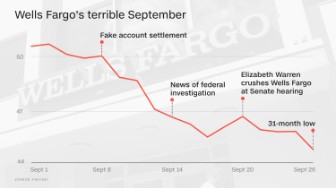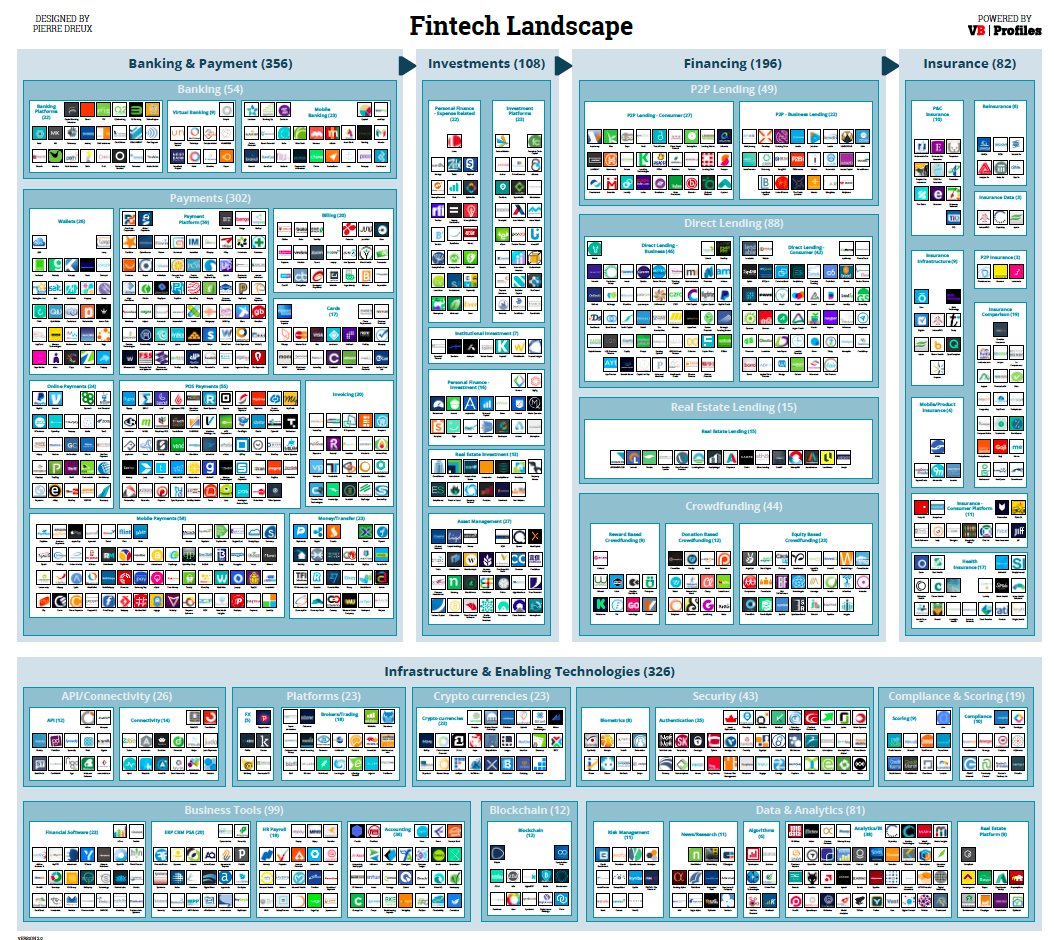AM |
@agumack
The material from this post (including the tables) comes from Standard & Poor's document
Sovereign Credit Methodology, published in December 2014. Note the importance attached to the notion of
checks and balances. For an attempt at measuring the strength of checks and balances
worldwide, I have proposed an
Index of Checks and Balances in my other
blog (in Spanish). You can see it
here. Broadly speaking, 'checks and balances' refers to the distribution of political power within a nation. Nobody denies the need for a strong executive power, but that strength should be (at least partially) balanced by the existence of other political institutions that are
independent for that power. The legislative and the judiciary obviously come to mind, althought in some well-run parliamentary democracies, the executive is taken from members of the legislative body itself. This is why, in my own index, I give paramount importance to survey-based measures of judicial independence. My index also gives some weight to central bank independence—but this a matter to be discussed separately.
Material for Standard & Poor's
The sovereign rating methodology (we use "criteria" and "methodology" interchangeably here) addresses the factors that affect a sovereign government's willingness and ability to service its debt on time and in full. The analysis focuses on a sovereign's performance over past economic and political cycles as well as on factors that indicate greater or lesser economic policy flexibility in future economic cycles. The five key factors that form the foundation of our sovereign credit analysis are:
Institutional and governance effectiveness and security risks (reflected in the institutional assessment).
. Economic structure and growth prospects (economic assessment).
. External liquidity and international investment position (external assessment).
. Fiscal performance and flexibility as well as debt burden (fiscal assessment).
. Monetary flexibility (monetary assessment).
The institutional and economic profile reflects our view of the resilience of a country's economy, the strength and stability of its civil institutions, and the effectiveness of its policymaking. It is the average of the institutional assessment (see Paragraphs 30-42) and the economic assessment (see Paragraphs 43-53). Very high institutional risk and high debt burden. A sovereign with an institutional assessment of '6' cannot be rated higher than 'BB+', regardless of any potential upward adjustment for a large asset position (see Paragraph 25). The track record of sovereign defaults suggests that institutional risks are among the main causes of the poor economic policies that lead to default, which is why the institutional assessment receives this particular weight. A sovereign with an institutional assessment of '6' and a debt assessment of '5' or '6' (see Table 7) cannot be rated higher than 'B+', given the heightened risks such a combination entails. The institutional assessment comprises an analysis of how a government's institutions and policymaking affect a sovereign's credit fundamentals by delivering sustainable public finances, promoting balanced economic growth, and responding to economic or political shocks. The institutional assessment captures these factors:
. The effectiveness, stability, and predictability of the sovereign's policymaking and political institutions (primary factor).
. The transparency and accountability of institutions, data, and processes as well as the coverage and reliability of statistical information (secondary factor).
. The sovereign's debt payment culture (potential adjustment factor).
. External security risks (potential adjustment factor).
Effectiveness, stability, and predictability of policymaking, political institutions, and civil society. The criteria analyze the effectiveness, stability, and predictability of policymaking, political institutions, and civil society based on:
. The track record of a sovereign in managing past political, economic, and financial sector crises; maintaining prudent policymaking; and delivering balanced economic growth. This includes a timely implementation of various reforms (such as to health care or pensions, to ensure sustainable public-sector finances over the long term), prudent monetary policy management, and effective management of external pressures.
. The predictability in the overall policy framework and developments that may affect policy responses to a future crisis or lead to significant policy shifts.
. Actual or potential challenges to political institutions, possibly involving domestic conflict, from popular demands for increased political or economic participation, or from significant challenges to the legitimacy of institutions on ethnic, religious, or political grounds.
. The cohesiveness of civil society, as evidenced by social mobility, social inclusion, prevalence of civic organizations, degree of social order, and capacity of political institutions to respond to societal priorities.
Effective policymaking and stable political institutions enable governments to address periods of economic distress and take measures to correct imbalances. This helps sustain long-term growth prospects and limit the risk of sharp deterioration of a sovereign's creditworthiness.
Stable and well-established institutions generally ensure a certain degree of predictability in the general direction of policymaking, even when political power shifts between competing parties and policy details change as a result. Conversely, succession risks, a
high concentration of power, and potential or actual challenges to political institutions are factors that can pose risks to institutional stability and, in turn, lead to substantial policy shifts and affect the continuity of key credit characteristics. The analysis of the risk of challenges to political institutions is based on the history of internal political conflicts, including extra-constitutional changes of government.
The accountability and transparency of institutions, data, and processes are based on the analysis of the following:
.
The existence of checks and balances between institutions.
. The
perceived level of corruption in the country, which correlates strongly with the accountability of its institutions.
. The unbiased enforcement of contracts and
respect for the rule of law (
especially in the area of property rights), which correlates closely with respect for creditors' and investors' interests.
. The
independence of statistical offices and the media, as well as the history of data revisions or data gaps, as measures of the transparency and reliability of the information.
The transparency and accountability of institutions bear directly on sovereign creditworthiness because they reinforce the stability and predictability of both political institutions and the political framework. They do this even though they may not reinforce the stability of a ruling political class or party. In addition, transparent and accountable institutions, processes, and data are important because they enhance the reliability and accuracy of information and help make known in a timely manner any significant shifts in a country's policymaking or the occurrence of risks relevant to sovereign credit risk.
________________________
Document. Standard & Poor's downgrades Poland (January 2016) [
see]
This is the part of the statement that refers to political institutions.
The downgrade reflects our view that Poland's system of institutional checks and balances has been eroded significantly as the independence and effectiveness of key institutions, such as the constitutional court and public broadcasting, is being weakened by various legislative measures initiated since the October 2015 election. Poland's new ruling party Law and Justice (PiS), which holds an absolute majority in the parliament (Sejm) and the senate, has set out to make fundamental changes to Poland's institutions. For example, the constitutional court's ability to work efficiently and independently will likely be undermined, in our view, by changes to the court's composition and decision-making process. The government's new media law, as another example, gives the government extensive powers to appoint and control the directors and supervisory boards of public broadcasters. A third law terminates contracts of all current senior, career civil servants and removes a constraint regarding previous party membership, therefore enabling the new government to change the structure of the civil service. In our view, these measures erode the strength of Poland's institutions and go beyond what we had anticipated regarding policy changes from the general election.
___________________
Document. Standard & Poor's downgrades Saudi Arabia (October 2015) [
see]
This is a reference to Saudi politics:
We analyze Saudi Arabia as
an absolute monarchy in which decision-making resides with the king and the ruling family. In our view, reconciling intrafamily issues around sucession could make the kingdom's policy decisions more challenging and difficult to predict. Two new councils, the Council for Political and Security Affairs and the Council for Economic and Development Affairs, have been created to form government policy more efficiently. Power is devolved to the crown prince and deputy crown prince, who respectively head these two bodies. The king approves the decisions of the councils.
Broader institutional checks and balances are still at early stages of development.
____________________
Document. Standard & Poor's downgrades Russia Foreign Credit Rating (January 2015 [
see]
This is a reference to Russian institutions:
We view Russia's institutional and governance effectiveness as a rating weakness.
Political power is highly centralized with few checks and balances, in our opinion. We do not currently expect that the government will be able to effectively tackle the long-standing structural obstacles (perceived corruption, the weak rule of law, the state's pervasive role in the economy, and the challenging business and investment climate) to stronger economic growth over our 2015-2018 forecast horizon.
___________________
















